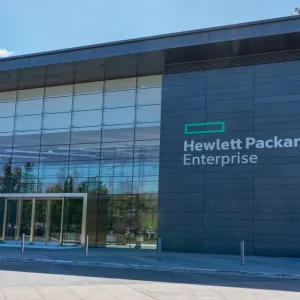
A recent study has found that half of IT departments are failing to deliver digital projects on time.
IT Departments are struggling to meet the unrealistic expectations placed on them due to a widening gap in IT delivery, with only half of IT departments able to complete the tasks given to them by executives in the allotted time.
Mulesoft’s global study, Connectivity Benchmark Report 2017, surveyed 951 IT decision makers and found that 69% believe that the disparity between what is expected of IT departments and the availability of resources is a growing problem, 45% of whom believe it was responsible for the slowdown of the business in 2016.

Ross Mason, founder and vice president of product strategy, MuleSoft, said: “Speed is one of the most important characteristics determining an organisation’s success today. However, if IT departments cannot complete projects in a timely manner, IT will still be the handbrake on the business and put revenue at risk.
“The problem is that while there’s a rapidly growing demand for digital innovation, IT resources are having to do more with less. This has created an IT delivery gap, where what the business needs and what IT can deliver simply don’t match up.”
59% of those surveyed believed that unless actions are taken to rectify the solution it will begin to affect business revenues. Though they are not hopeful for a solution, 51% believe they will not be given the resources they require in 2017 and 68% will see a budget increase of less than 10% or stay the same.
Mason said: “The IT delivery gap is one of the biggest threats to businesses today, as speed and real-time access now helps determine a business’ success.”
“In order to deliver products faster to market, establish new global presences and change existing processes to meet market demands, we’re seeing our customers increasingly invest in and benefit from an API-led approach to connectivity.”
API systems could help to re-balance the growing IT gap in businesses as an API allows for easier programming in new and legacy systems by providing the basic ‘building blocks’ which can be augmented to undertake new functions.
As many as 90% of the IT decision makers use or are planning to use API’s in their IT departments by 2018. 94% of those who have already adopted API strategies believe it has streamlined the business and 64% stated increased productivity.
Mason added: “By removing itself as a bottleneck and creating reusable assets with APIs, IT can empower the entire organisation in a secure environment while greatly diminishing the daunting IT delivery gap.”






